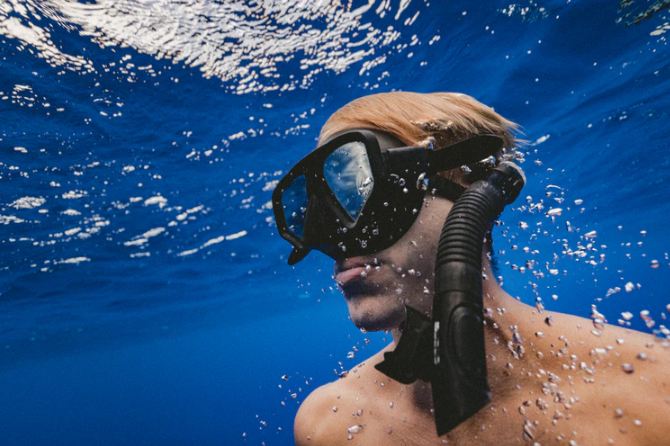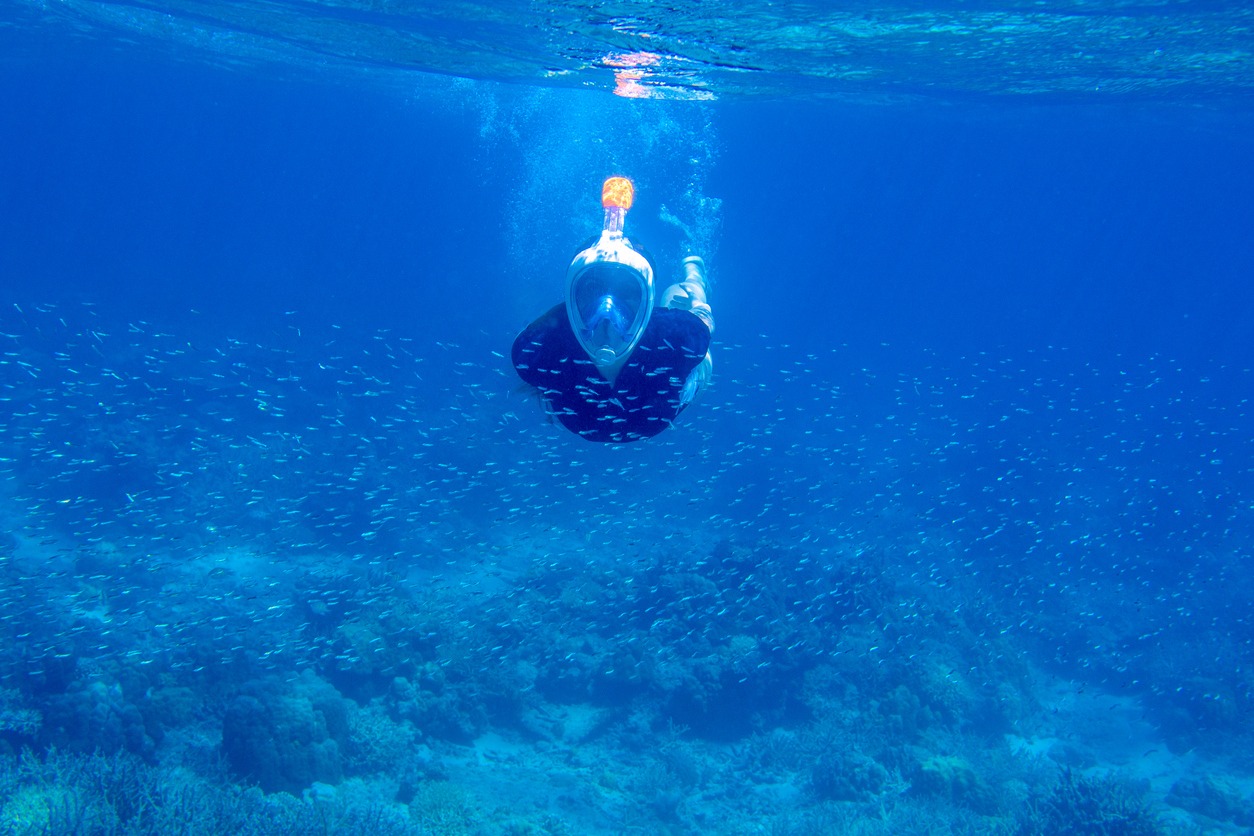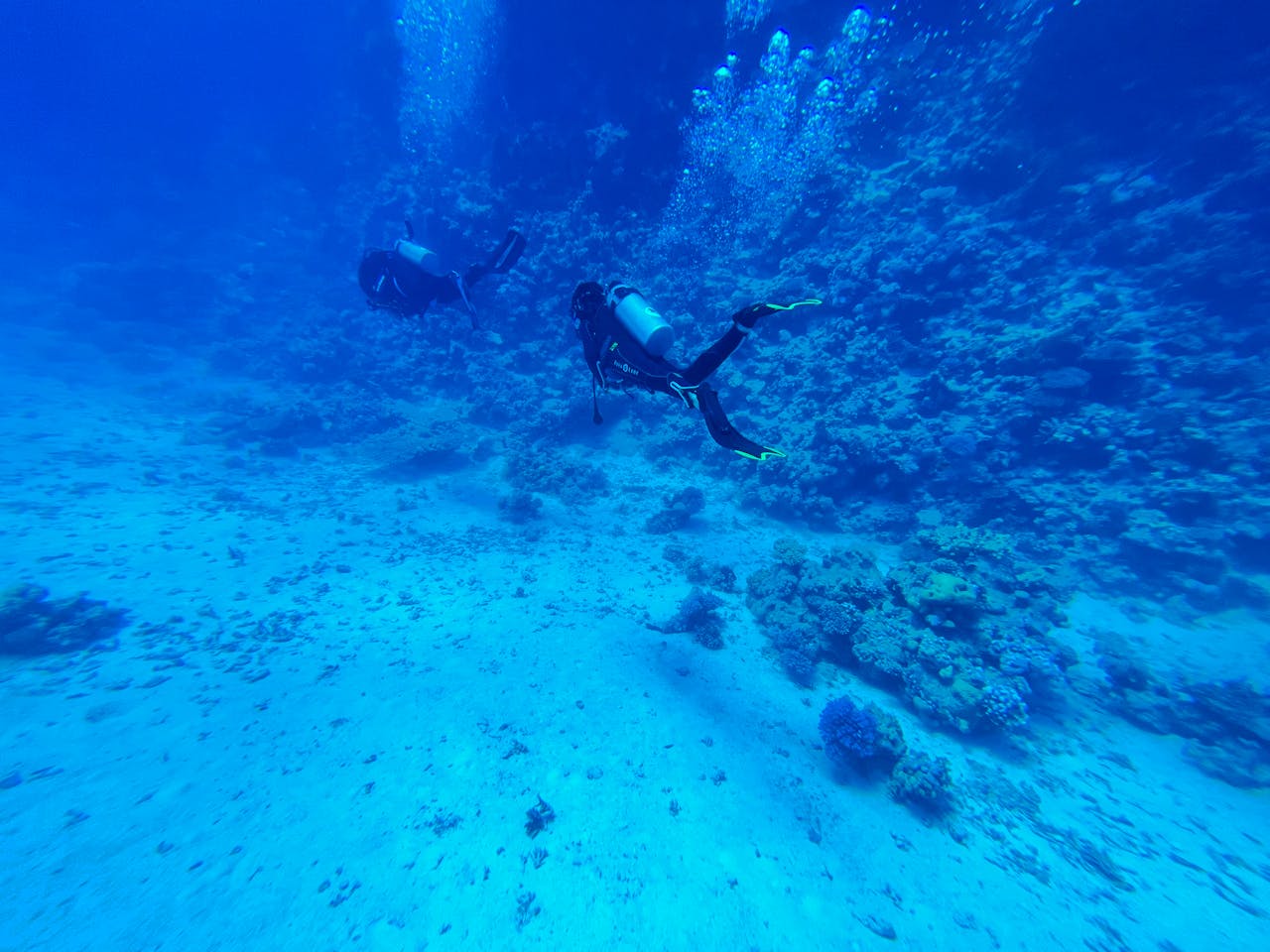Capturing the Moment: A Guide to Taking Photos and Videos While Snorkeling
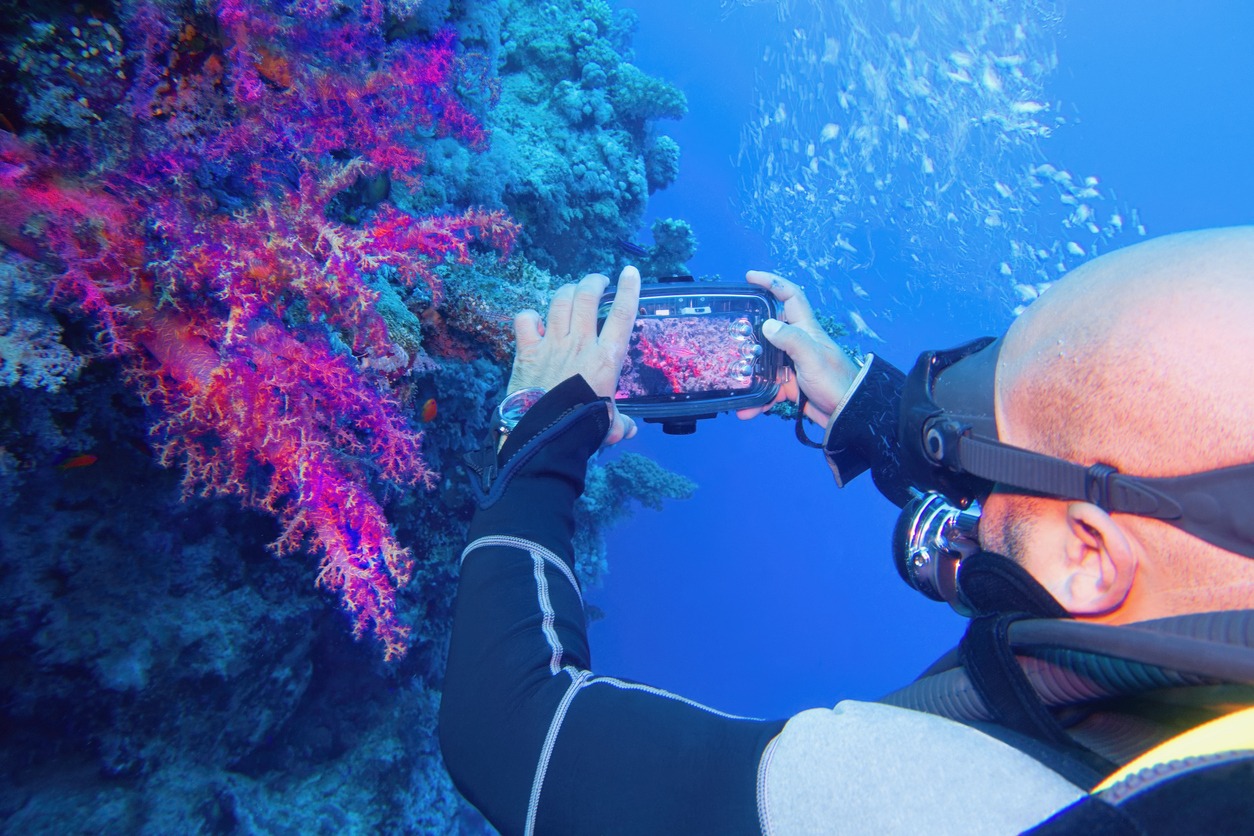
To capture stunning underwater moments while snorkeling, you'll need the right gear and techniques. Invest in a waterproof camera or housing, and consider accessories like wide-angle lenses and red filters. Plunge deeper to master manual settings to control exposure, and position subjects close for engaging compositions. Use natural lighting or strobes to balance tones, and develop strong buoyancy for stable shots. When shooting video, opt for wide-angle lenses and smooth movements. Don't forget to post-process your images to enhance colors and contrast. With practice and the right approach, you'll be creating mesmerizing underwater content in no time. Submerge further to unlock the secrets of snorkeling photography and videography.
Choosing the Right Equipment
For capturing stunning underwater imagery while snorkeling, choosing the right equipment is crucial. You'll need to invest in waterproof cameras or underwater housings rated for your specific snorkeling depth. Point-and-shoot cameras designed for underwater use can be an excellent starting point for beginners, offering simplicity and durability. Today's snorkeling masks are much better than what was available in the past, with innovations from startups and smaller companies that have improved the build quality and reduced the cost of entry. Consider accessories like wide-angle lenses to capture more of the underwater scene, and red filters to restore colors lost at depth. Don't forget a lanyard or floating strap to keep your camera secure. When selecting your gear, prioritize quality to guarantee ideal performance and longevity in harsh saltwater conditions.
Before your snorkeling excursion, familiarize yourself with your camera's settings and controls. Practice using them on land to build comfort and proficiency. Understanding how to adjust for natural light conditions and maintain a steady shot underwater will significantly improve your results. Remember, the water line can create unique effects, adding depth and interest to your compositions. By commanding your equipment and its limitations, you'll be well-prepared to capture the mesmerizing underwater world during your snorkeling adventures.
Mastering Underwater Photography Techniques
Underwater photography's unique challenges require commanding specific techniques to capture stunning images. Water is denser than air, affecting light and color transmission, so you'll need to use specialized methods to achieve vibrant colors and sharp details.
Start by mastering your camera settings. Adjust aperture, shutter speed, and ISO manually to control exposure and capture the underwater world's nuances. Familiarize yourself with smartphone camera functions before going underwater to ensure a smooth shooting process. Pay attention to your composition; position yourself close to your subject and shoot from a lower angle for more engaging images. Experiment with natural lighting, strobes, and color filters to balance the blue-green tones typical of underwater environments.
Developing strong buoyancy control and fluid movements is essential for stabilizing your camera and minimizing blur when photographing marine life. Practice in a swimming pool to improve your underwater photography technique.
After your snorkeling adventure, post-process your images to enhance colors, clarity, and contrast. However, be careful to maintain the authenticity of the underwater scene. Adjust colors thoughtfully to represent the true beauty of the marine environment you've captured, creating stunning visual memories of your snorkeling experience.
Lighting and Color Correction
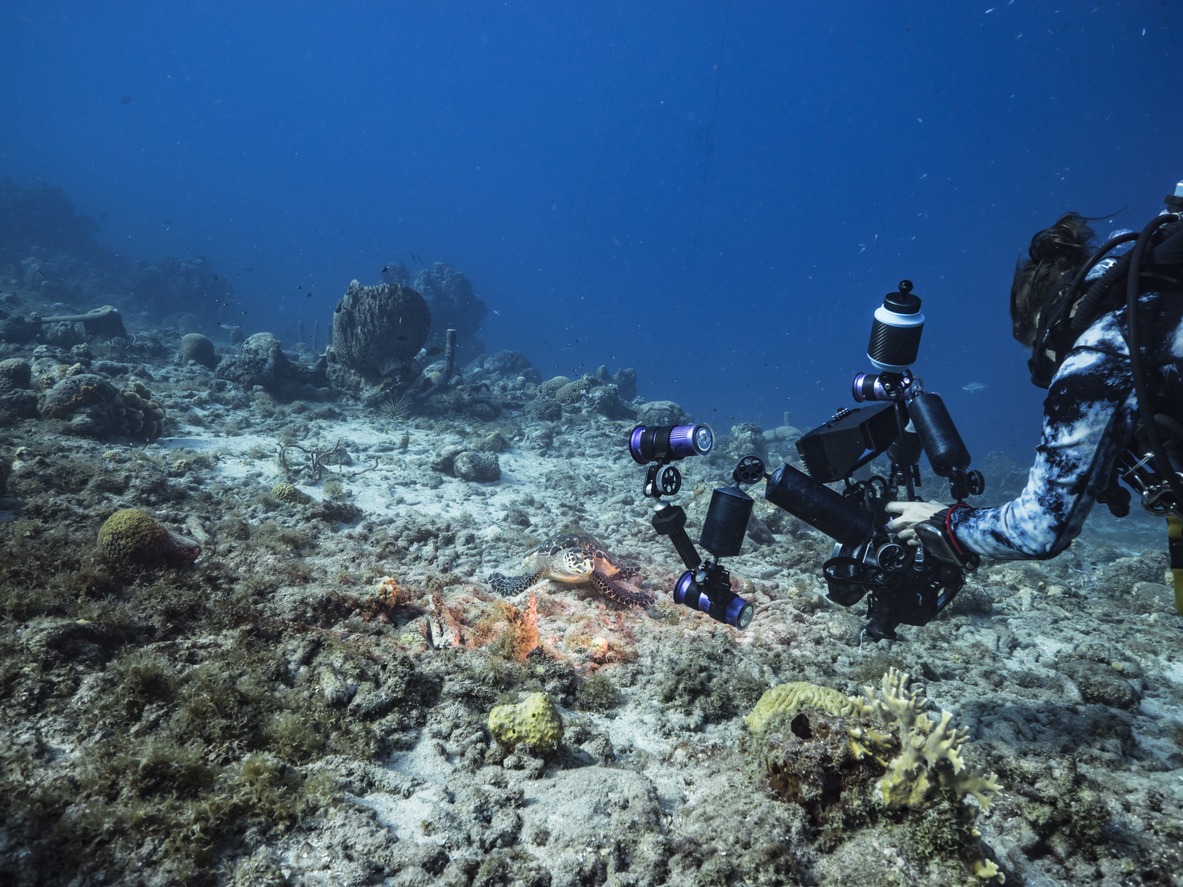
Mastering lighting and color correction methods is indispensable for capturing lively underwater images. As you Take Photographs underwater, you'll notice that colors shift towards blue, especially as subjects are farther away. This effect is more pronounced in saltwater than in fresh water. To combat this, you'll need to adjust your techniques.
Digital cameras offer various options to enhance underwater colors. Using a red filter can help balance the light, but be cautious as it may over-saturate colors in bright conditions. A more effective approach is adjusting your camera's white balance. Many cameras have preset underwater modes, or you can set a custom white balance for more precise results.
Post-processing is pivotal for achieving vibrant underwater photos. Basic color adjustments, such as using the Color Balance tool in editing software, can drastically improve your images. While shooting in RAW format isn't necessary, it can provide more flexibility during editing.
Videography Beneath the Waves
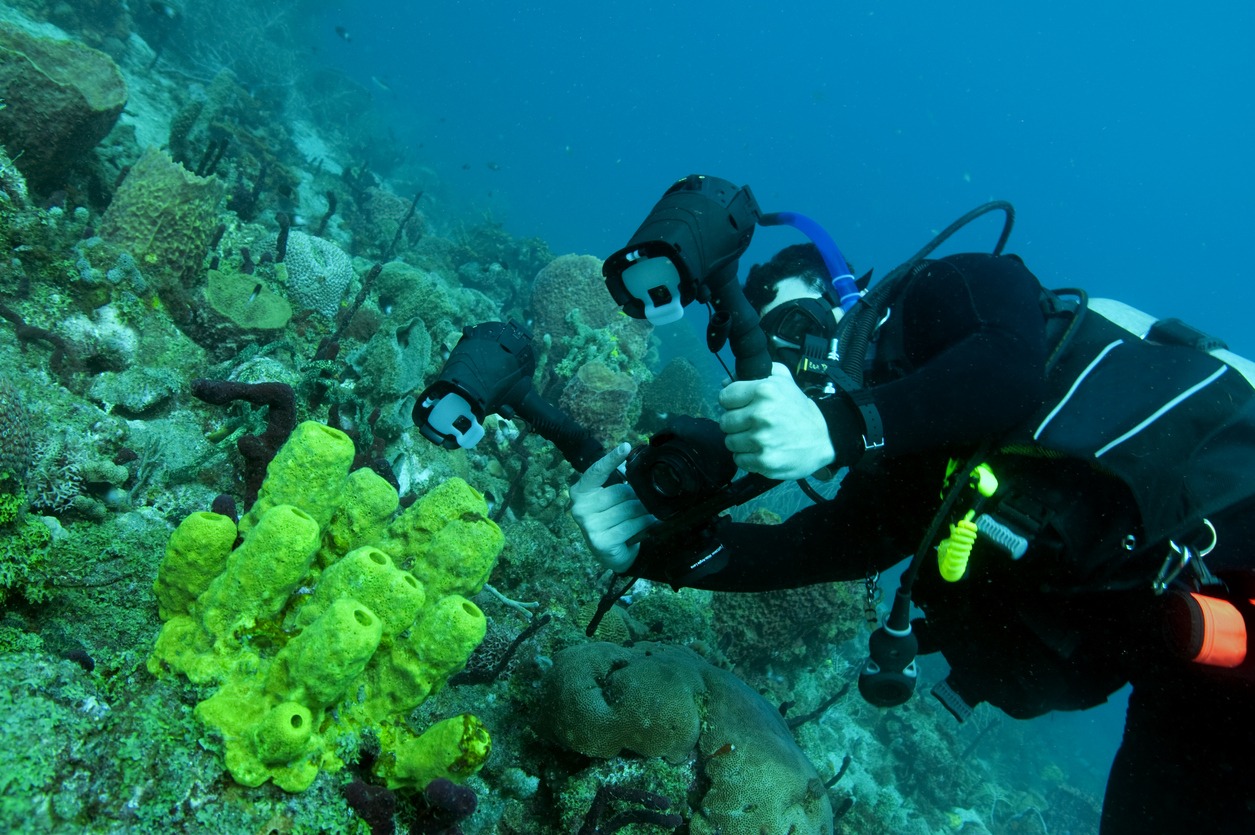
While still images can freeze enthralling moments, videography brings the underwater world to life. To capture stunning footage while snorkeling, you'll need a waterproof camera or housing. Wide-angle lenses are ideal for filming expansive underwater landscapes and large marine life, while macro lenses excel at close-up shots of smaller creatures.
Mastering buoyancy control is essential for stable footage. Practice maintaining your position in the water to avoid sudden movements that can ruin your shots. As you film, keep your camera steady and track your subject smoothly.
Lighting is a key challenge underwater. You can rely on natural light in shallow, clear waters, but video lights or strobes may be necessary in deeper or murkier conditions. Experiment with different lighting techniques to find what works best for your environment.
Don't forget to adjust your camera settings for optimal underwater performance. After your snorkeling adventure, enhance your footage through editing. Color correction, contrast adjustments, and stabilization can significantly improve your final video, bringing the beauty of the underwater world to life for your viewers.
Post-Processing and Sharing Adventures
The trek doesn't end when you leave the water. Post-processing your underwater photos and videos is fundamental to bring out their full potential. You'll need to make adjustments to color, contrast, and clarity to enhance your captures, as water is denser than air and affects light differently. Remember to maintain authenticity when editing, ensuring your work accurately represents the original scene.
Once you've perfected your images, it's time to share your adventures. Use one or more platforms like social media, blogs, or photography communities to showcase your work. As you share tips and experiences, you'll inspire others who are interested in Videos Underwater without diving. Connecting with fellow enthusiasts allows you to exchange perspectives and best practices for post-processing and content sharing.

